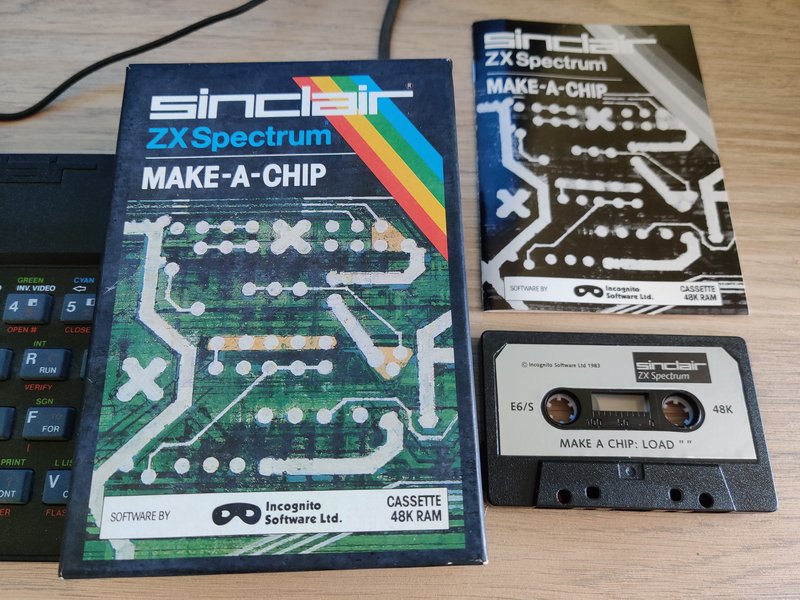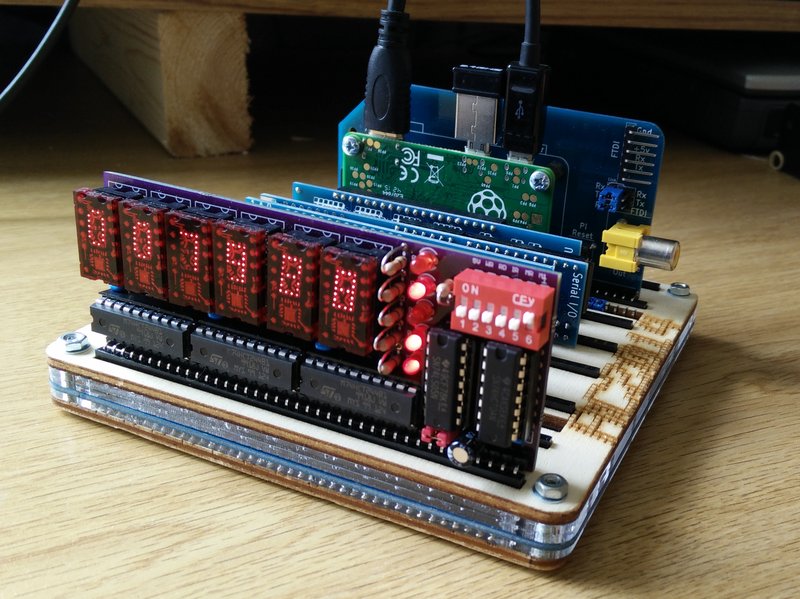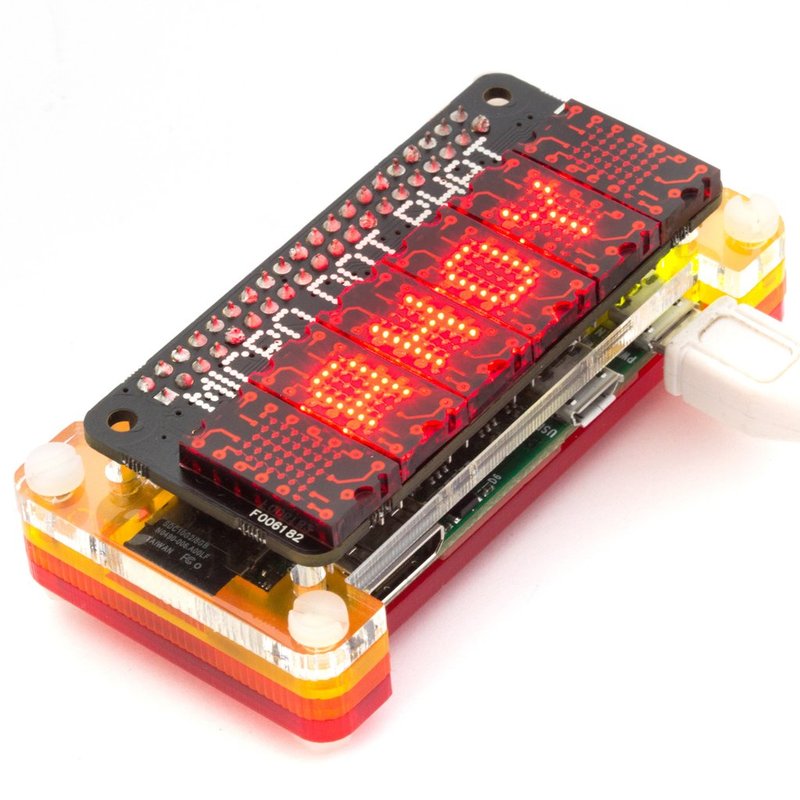A few weeks ago I was given the opportunity to sign up for the Zero to ASIC course offered by Matthew Venn. This is a really exciting prospect as it is not every day that you get to design your own custom silicon! I had always though of chip design as one of those things that only big corporations filled with academics could do, which is the same way that I though of designing and building computers until a few years ago. Looking through the syllabus for the course, though, it certainly looks like it is within reach for mere mortals like myself. At the end of it I can submit my design, and if I am lucky, I will end up with a few pieces of silicon with my own circuit on it.
I will be updating this blog as I make my way through the course, highlighting anything of interest, or bits I struggle with, or giving some details about some of the choices I make. There will also be a series of interviews on YouTube after each section of the course where we discuss how things are going, what I’ve learned and maybe other stuff. The first episode is available on YouTube now;
So, the important question is what am I going to make? When the possibilities are almost endless, I had to narrow things down. I decided that I wanted to design something which I understood well enough to make out of 7400 series logic (So full CPU design is out), something that wasn’t just an off the shelf part (no point making just another RAM chip), and something which would benefit from the tiny size that this will give.
A few years ago I built the Bus Monitor board designed by Dr Scott M Baker. This uses the iconic TIL311 hexadecimal LED displays. These are absolutely beautiful, and also really easy to use as each display has the decoding on board to convert 4 bits of the bus to a 0-F hex display. They were very popular in the 1970s and used in all kinds of equipment. They have only two drawbacks as far as I can tell; they are very power hungry, being based on early LED technology, and they are rare/expensive as they were discontinued decades ago.
There is no direct equivalent available today. But there is, however, a LED matrix by Lite-On called the LTP-305. This has the aesthetic beauty of the TIL311, and is much more power efficient too. Sadly, though, this is just a simple 5×7 LED matrix so displaying the characters for 0-F from 4 bit input needs quite a bit of circuitry to drive it.
I have thought about this several times in the past, and making the logic needed to run a pair of LTP305 is going to be huge if using 7400 series DIP logic chips. It will be much smaller with an FPGA, although it would need some level shifters as the RC2014 bus runs at 5v and almost all FPGA have 3v3 (or lower) I/O pins.
But, what if there was a piece of silicon just a couple of mm square that could be on a PCB the same size as a couple of these displays, transforming them in to a plug in replacement for the TIL311? Wouldn’t that be cool? If you think so, then keep on checking in on this blog over the next few months to see how things are coming on.
Oh, and to answer some of the obvious questions, yes, I am fully aware that this proposed design will work out to be much more rare and much more expensive than the TIL311 displays. Which I already have. This is not about solving that part of the problem. If I just used TIL311 displays then I wouldn’t learn anything about ASIC design!
Yes, I am also aware of the Pixie boards from Lixie Labs. These solve a diferent problem, but are not what I am looking to do here. I also know about ReTIL too, which is solving basically the same problem but in a very different (and very cool) way.



